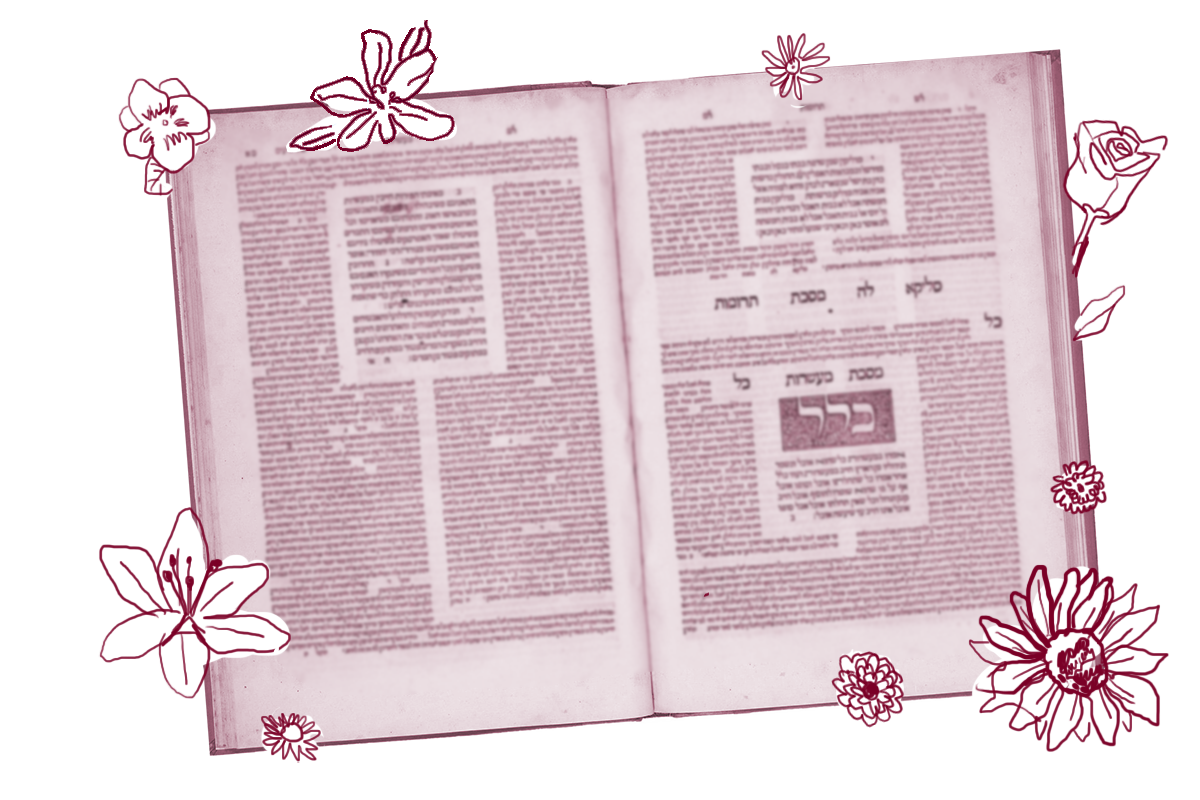The Gemara has thus far dedicated a significant amount of time to discussing the particulars of the eruv techumin, which defines the area in which one is allowed to travel on Shabbat. As we have learned, the general rule is that one can travel up to 2,000 cubits from one’s residence in any direction.
While the Gemara has explored a number of scenarios in which a person might expand or contract the area in which they are allowed to roam, each scenario has some defined travel limit.
Or, maybe not.
On today’s daf, we see that some rabbis believe that the 2,000 cubit limit is more or less, but not exactly, the limit. In a mishnah on today’s page, we learn:
With your help, My Jewish Learning can provide endless opportunities for learning, connection and discovery.
One who intentionally went out beyond his Shabbat limit, even if only one cubit, may not reenter. Rabbi Eliezer says: If a person went out two cubits they may reenter; however, if they went out three cubits they may not reenter.
The anonymous position in this mishnah holds tight to the rule — one can travel 2,000 cubits and that’s it. If you go even a cubit too far, you cannot return. Rabbi Eliezer presents a more lenient position, permitting one to exceed the prescribed limit by two cubits, but no more.
Later on the page, we encounter a second mishnah that records a similar disagreement:
If it grew dark while one was traveling outside the Shabbat limit of the town where they were heading, even if it was only one cubit outside the limit, one may not enter the town. Rabbi Shimon says: Even if one was 15 cubits beyond the limit one may enter the town, because the surveyors do not precisely demarcate the measures, due to those who err.
Here we are dealing with a case of someone who is approaching a town as Shabbat is beginning. Once again, the anonymous position supports a strict boundary — if they are more than 2,000 cubits from the town as Shabbat starts, they can’t enter. Rabbi Shimon rules more leniently and grants people an additional 15 cubits.
In the first mishnah, Rabbi Eliezer’s rationale for being flexible is left open to speculation. But Rabbi Shimon’s leniency is supported with a reason: We give people an extra 15 cubits because the 2,000 cubit boundary marker isn’t accurate. Those who place the markers indicating the Shabbat boundary site them at a distance of less than 2,000 cubits because they know people will make a mistake.
How so? Some opinions say it is the travelers that err by crossing the boundary. To account for this, markers are placed short of the ultimate boundary. Others say it is the surveyors who, constrained by the local terrain, place boundary markers where it is geographically convenient and not exactly on the 2,000 cubit line.
Either way, the permissive opinions are not adopted. Later authorities rule according to the stricter positions. In their mind, the limit is the limit.
While this makes sense, so do the positions of Rabbi Eliezer and Rabbi Shimon. Why not make room for someone who is just outside the line to enter the town? Isn’t it better to forgive a small transgression of a cubit or two than to prevent a person from joining a community on Shabbat? And if what Rabbi Shimon says is true, the boundary markers have been set up to keep people from transgressing, so it’s possible that someone who strays a couple cubits beyond hasn’t actually done anything wrong.
We’ll see more about how the boundaries of a town were established in the next chapter of Tractate Eruvin, which begins tomorrow. So stay tuned.
Read all of Eruvin 52 on Sefaria.
This piece originally appeared in a My Jewish Learning Daf Yomi email newsletter sent on September 30, 2020. If you are interested in receiving the newsletter, sign up here.



